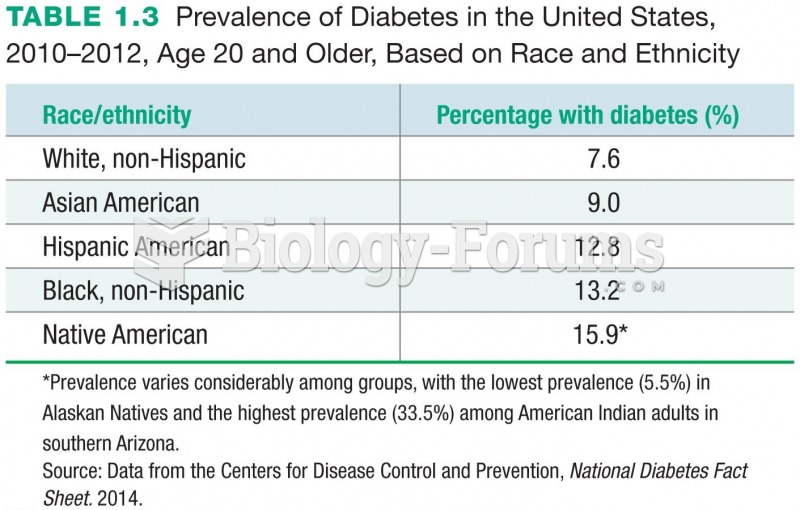After reading the paragraph below, answer the questions that follow.
All apples in the United States, regardless of variety or where they're purchased, are produced by cloning. For more than 2,000 years, apple growers around the world have used a type of cloning called grafting to produce larger, better-tasting apples. Why has cloning become the primary method of apple growing? Apples grown from seeds usually don't produce apples with the same taste and appearance as that of the parent tree because there's a high degree of genetic variability among the seeds. Making identical genetic copies of the preferred fruit is the only way to get reliable apple quality.
In grafting, the shoots and branches of the desired fruit, called a scion, are attached onto the trunk and root system of a previously existing tree, called the rootstock. Both components of the graft are needed because the rootstock controls gene expression in the scion, triggering production of apples that match the cloned scion.
Grafting research can be used to produce some interesting tree combinations that are beneficial for intensive agriculture. For example, if you graft the root of a small tree variety, such as the crab apple, onto the shoot from a larger apple tree, such as the Gala, you can produce Gala apples on a much smaller tree. Other scientists are trying to create disease-resistant varieties that would need fewer pesticides. This is beneficial for the environment and also lowers the price of apples in the grocery store.
Why don't the grafted hybrids produce apples with a blend of traits from the scion and the rootstock?
◦ The rootstock regulates gene expression in the scion but contributes no genetic information for fruit production.
◦ The rootstock suppresses activation of the scion genes, which alters fruit production.
◦ The rootstock is unable to perform photosynthesis and so can't produce fruit.
◦ Transplanted nuclei from scion cells regulate gene expression in the rootstock.







